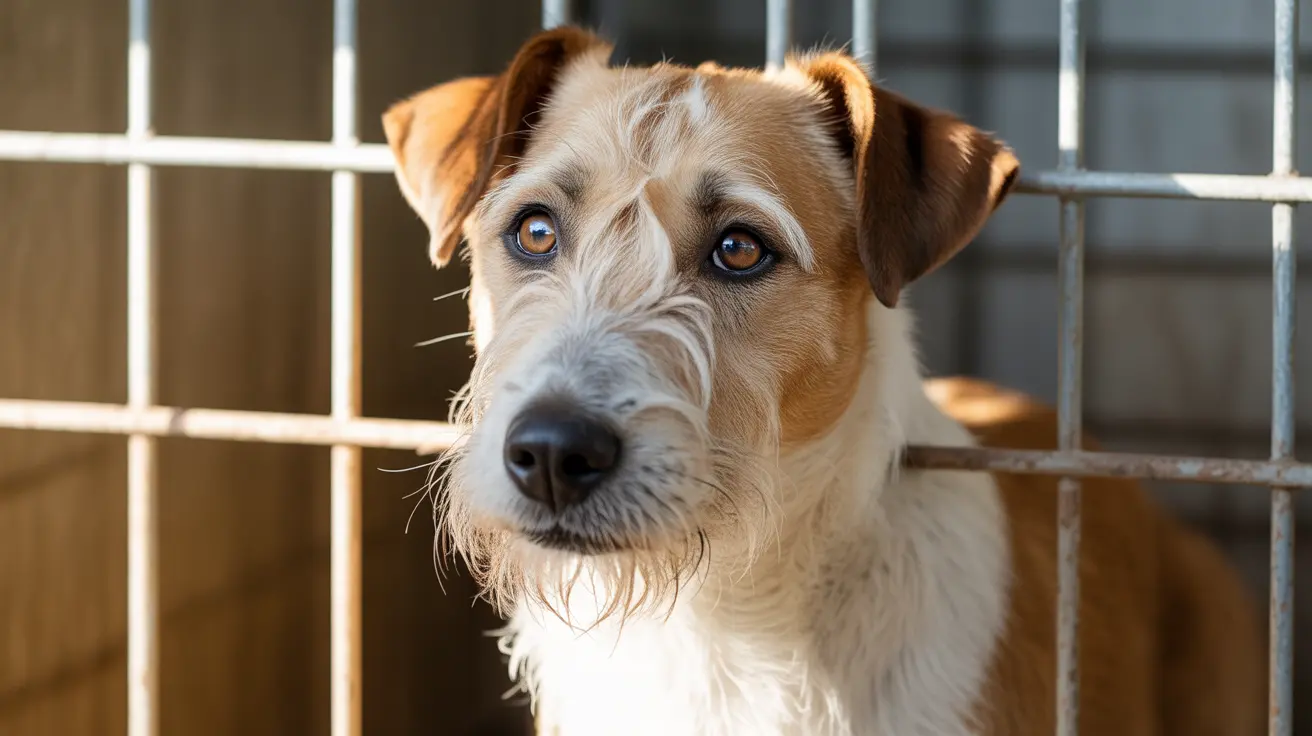Understanding the Signs of Stress in Dogs
Dogs, just like humans, experience stress. Recognizing the signs of stress in dogs is crucial for responsible pet ownership, as stress can affect a dog's physical and mental well-being. This guide aims to help dog owners identify stress-related behaviors and provide appropriate care.
Why Dogs Experience Stress
There are several reasons why a dog may become stressed, including:
- Changes in environment such as moving homes or traveling
- Loud noises like fireworks or thunderstorms
- Separation anxiety when left alone
- New people or animals in the household
- Previous trauma or poor socialization
Common Signs of Stress in Dogs
Understanding these signs can help you intervene early:
- Excessive Panting: Dogs may pant more than usual, even without physical exertion.
- Pacing: Repetitive pacing in a fixed pattern may indicate nervous energy.
- Whining or Barking: Vocalizing more than usual can be a stress response.
- Hiding or Withdrawal: A normally sociable dog may retreat or hide when stressed.
- Shaking or Trembling: Especially common during thunderstorms or fireworks.
- Yawning and Lip Licking: These can be subtle signs of anxiety, not tiredness or hunger.
- Shedding: Some dogs shed excessively when stressed.
- Changes in Body Posture: Tucked tails, lowered ears, or crouching are physical cues.
- Aggression: Unusual growling or snapping can be rooted in fear or discomfort.
- Loss of Appetite: Stress can reduce a dog’s interest in food.
How to Help a Stressed Dog
Once stress is identified, there are steps you can take:
- Provide a safe space: A quiet, calm area where your dog feels secure
- Routine and consistency: Dogs thrive on predictable schedules
- Exercise and mental stimulation: Helps burn off nervous energy
- Positive reinforcement training: Builds confidence and reduces anxiety
- Calming aids: Such as anxiety wraps, pheromone diffusers, or music
- Veterinary consultation: If behavior persists, a vet check is necessary
When to Seek Professional Help
If your dog’s stress turns into chronic anxiety or results in destructive behaviors, it’s time to consult a vet or a certified animal behaviorist. They can diagnose underlying issues and recommend behavior modification or medication if needed.
Preventing Stress in Dogs
Prevention is always better than cure. Here’s how:
- Socialize early: From a young age, expose dogs to various stimuli
- Consistent training: Builds a sense of stability
- Health care: Regular vet visits keep physical issues in check
- Bonding time: Daily play and affection promote trust and belonging
Being attuned to your dog’s emotional state helps create a happier, healthier bond. By recognizing the signs and responding with empathy and care, you can alleviate your dog’s stress effectively and compassionately.





